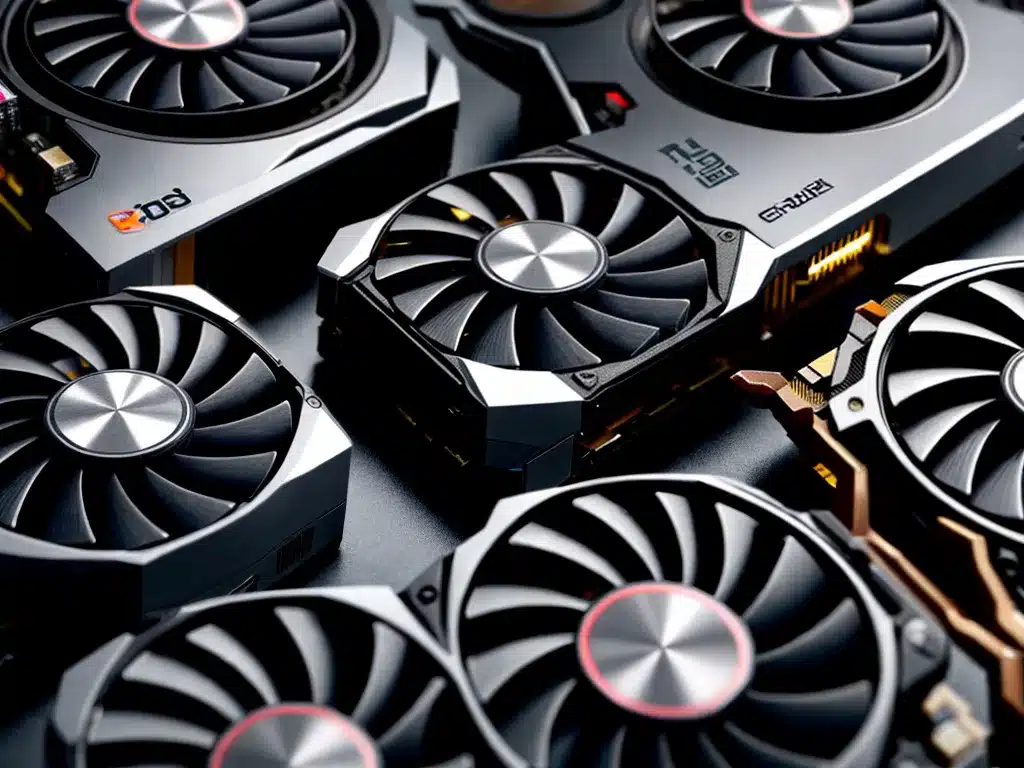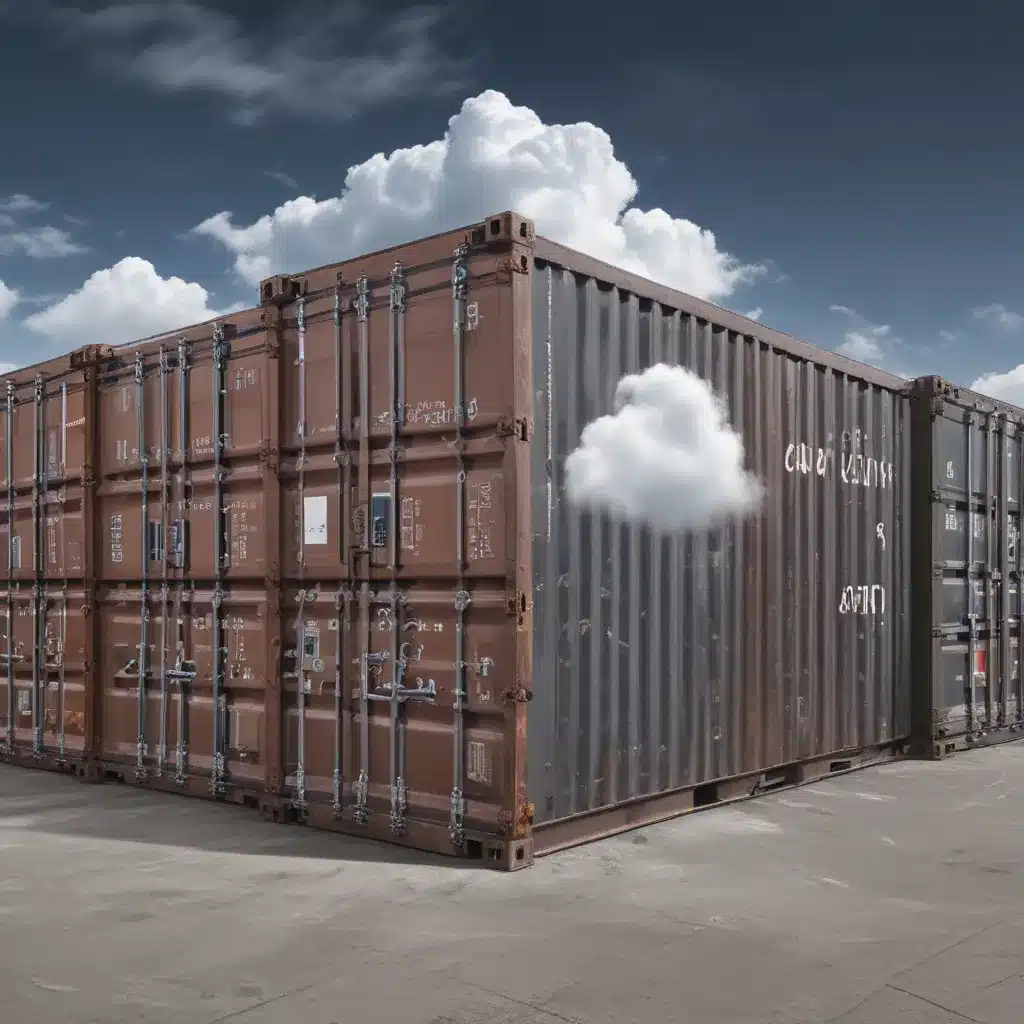The global supply chain for graphics cards has been severely disrupted over the past couple of years, leading to critical shortages and inflated prices. As an avid PC gamer and graphics card enthusiast, I have closely followed the developments in this market segment. In this article, I will provide an in-depth analysis of the key factors causing graphics card shortages and the outlook for supplies going forward.
Component Shortages Limiting Graphics Card Production
Graphics cards consist of various critical components like the GPU (graphics processing unit), memory, power circuitry, fans, etc. Shortages in certain key components have throttled the manufacturing capacities of major graphics card makers like Nvidia, AMD, and their partners.
GPU Chip Shortages
The GPU is the most important component of a graphics card. Both Nvidia and AMD rely on third-party chip foundries like TSMC to manufacture GPU chips. However, these foundries have been unable to meet the surging demand.
Some key factors behind GPU chip shortages:
- Huge demand from cryptocurrency miners has soaked up excess supplies.
- Supply chain disruptions during the pandemic slowed production.
- Chip foundries are running at full capacity unable to further scale up manufacturing.
- Complex manufacturing process for leading-edge chips like the Nvidia RTX 30-series.
This GPU supply crunch has been the primary bottleneck in graphics card manufacturing over the past year.
Memory Module Shortages
Graphics cards utilize specialized high-speed memory like GDDR6 to store frame buffers and other data. However, DRAM suppliers have not been able to keep pace with the explosion in demand.
Some factors contributing to memory shortages:
- Booming sales of consumer electronics requiring memory like smartphones and laptops.
- Logistics issues and raw material shortages hampering memory supplies.
- Transition to new standards like DDR5 and GDDR6 has limited capacities.
Memory chip shortages have forced graphics card makers to reduce allotments to board partners.
Surging Cryptocurrency Demand Exacerbates Shortages
The massive spike in cryptocurrency prices over the past couple of years triggered a global rush to procure graphics cards for mining. This enormous demand from miners has severely constrained supplies for gaming customers.
- Ethereum mining requires powerful cards like the Nvidia RTX 3080 and AMD RX 6800 series.
- Miners buy cards in bulk directly from distributors, retailers, and board partners through backchannels.
- This leaves very low channel inventory levels for individual buyers.
- Attempts to limit miner demand like the Nvidia CMP line have had limited effectiveness.
Miners will continue to exacerbate shortages as long as cryptocurrency prices and profits remain high.
Pandemic Disruptions Also Slowed Graphics Card Production
The COVID-19 pandemic and associated disruptions significantly impacted graphics card supplies over the past two years.
Some notable effects:
- Lockdowns in China and Taiwan affected GPU and memory chip foundries.
- Shutdowns of packaging and testing facilities created backlogs.
- Logistics issues like port congestion hampered shipments of components.
- Reduced operating capacities at board partners’ facilities.
- Increased demand from stay-at-home consumers.
While pandemic disruptions have eased in 2022, their impact lingers on in the form of depleted component inventories.
When Will Graphics Card Supplies Improve?
It is hard to predict exactly when graphics card supplies will recover to normal levels. However, here are some potential catalysts that can improve the situation:
- Ramp up of chip production as foundries expand capacity.
- Drop in cryptocurrency demand if prices crash.
- Release of next-gen GPUs like the Nvidia RTX 40-series.
- Improved logistics and component supplies.
Additionally, graphics card makers are taking steps like:
- Prioritizing gaming SKUs over mining cards.
- Direct sales to gamers through store drops.
- Limiting bulk orders to curb miner demand.
Realistically, supplies will remain tight well into 2023. But the situation should gradually improve over time.
Outlook and Conclusion
Graphics card shortages resulted from a perfect storm of surging demand and crippled supply chains. The drought has severely impacted PC gamers who have struggled to purchase new cards at reasonable prices. However, both Nvidia and AMD are investing heavily to ramp up production.
As component supplies recover and excess demand is saturated, the graphics card market should normalize. But this process will likely take well into 2023. In the interim, buyers will have to remain patient and be ready to snap up any scarce inventory they can find.













